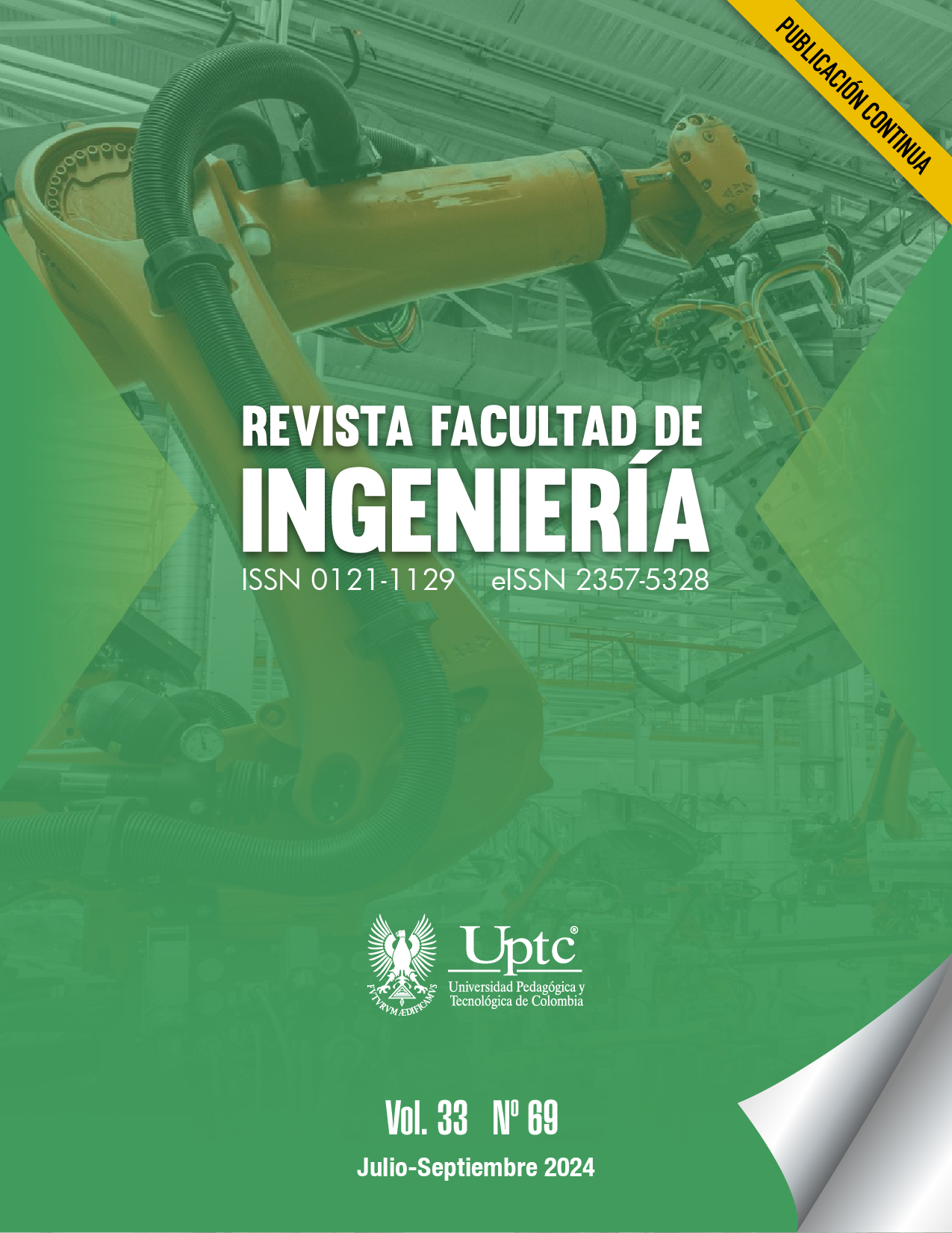Conceptual Model for the Digital Transformation of Medical Records in Chile: A Standardized Approach According to FDA Regulations

Abstract
This study addresses the management of medical information in Chile from the perspective of digital transformation. The objective of this study is to propose a standardized conceptual model for the digital transformation of medical records according to the FDA
framework to reduce operating times and add value to clinical research in Chile. A semi-structured qualitative methodology was employed; insights from 39 health professionals, including researchers and industry members, were gathered through convenience sampling. Findings suggest that the digital transformation process can be standardized using a conceptual map, which would
reduce data loss and operational inefficiencies while fostering the development of new research projects. The study concludes that implementing standardized electronic medical records in compliance with FDA guidelines is feasible and could significantly enhance the quality of medical care, support clinical research, and attract pharmaceutical investments.
Keywords
ACROCHI, electronic records, FDA standards, process standardization, sensitive data management
References
- E. Monaghesh, A. Hajizadeh, “The role of telehealth during COVID-19 outbreak: a systematic review based on current evidence”, BMC Public Health, vol. 20, e1193, 2020. https://doi.org/10.1186/s12889-020-09301-4
- S. B. Love, E. Armstrong, C. Bayliss, M. Boulter, L. Fox, J. Grumett, P. Rafferty, B. Temesi, K. Wills, A. Corkhill, “Monitoring advances including consent: learning from COVID-19 trials and other trials running in UKCRC registered clinical trials units during the pandemic”, Trials, vol. 22, e279, Apr. 2021. https://doi.org/10.1186/s13063-021-05225-5
- L. L. Fragidis, P. D. Chatzoglou, “Implementation of a nationwide electronic health record (EHR): The international experience in 13 countries”, International Journal of Health Care Quality Assurance, vol. 31, no. 2, pp. 116-130, 2018. https://doi.org/10.1108/ijhcqa-09-2016-0136
- Electronic code of Federal Regulations, title 21, CFR, Part 11, 2020. https://www.accessdata.fda.gov/scripts/cdrh/cfdocs/cfcfr/CFRSearch.cfm?CFRPart=11
- W. Ricciardi, P. Pita Barros, A Bourek, W. Brouwer, T. Kelsey, L. Lehtonen, “How to govern the digital transformation of health services”, European Journal of Public Health, vol. 29, no. 3, pp. 7-12, 2019. https://doi.org/10.1093/eurpub/ckz165
- S. N. Haque, “Telehealth beyond COVID-19”. Psychiatric Services, vol. 72, no. 1, pp. 100-103, Jan. 2021. https://doi.org/10.1176/appi.ps.202000368
- M. P. Colás Bravo, T. González Ramírez, R. García Pérez, M. A. Rebollo Catalán, Técnicas de recogida de información, Sevilla: Kronos, 1993.
- J. Murillo Torrecilla, La entrevista, Madrid, España: Universidad Autónoma de Madrid, 2006. http://www2.uca.edu.sv/mcp/media/archivo/f53e86_entrevistapdfcopy.pdf
- A. Rodríguez, M. E. Viñar, M. Reyno, M. De Luca, M. N. Sosa Gonzalez, M. P. Martínez Rubio, S. Sena, M. V. Blanco Latierro, “La ética en el encuentro. Reflexiones a partir de la instrumentación del Consentimiento Informado en investigaciones cualitativas”, Psicología, Conocimiento y Sociedad, vol. 10, no. 1, pp. 261-291, 2020. https://doi.org/10.26864/PCS.v10.n1.12
- J. Escobar-Pérez, A. Cuervo-Martínez, “Validez de contenido y juicio de expertos: una aproximación a su utilización”, Avances en medición, vol. 6, no. 1, pp. 27-36, 2008.
- E. A. Taylor, S. H. Fischer, T. Gracner, I. Tejeda, A. Y. Kim, E. R. Chavez-Herrerias, F. Hoces de la Guardia, Developing a strategic program for Chilean health information technology: Environmental scan and key informant interviews, Santa Monica, CA: RAND Corporation, 2016. https://www.rand.org/pubs/research_reports/RR1358z1.html
- C.S. Kruse, C. Kristof, B. Jones, E. Mitchell, A. Martinez, “Barriers to electronic health record adoption: A systematic literature review,” Journal of medical systems, vol. 40, e252, Oct. 2016. https://doi.org/10.1007/s10916-016-0628-9
- J. Altés, “Papel de las tecnologías de la información y la comunicación en la medicina actual”, Seminarios de la Fundación Española de Reumatología, vol. 14, no. 2, pp. 31-35, 2013. https://doi.org/10.1016/j.semreu.2013.01.005
- M. Zahabi, D. B. Kaber, M. Swangnetr, “Usability and safety in electronic medical records interface design: a review of recent literature and guideline formulation,” Human Factors, vol. 57, no. 5, pp. 805-834, Aug. 2015. https://doi.org/10.1177/0018720815576827
- S. Kraus, F. Schiavone, A. Pluzhnikova, and A. C. Invernizzi, “Digital transformation in healthcare: Analyzing the current state-of-research”, Journal of Business Research, vol. 123, pp. 557-567, Feb. 2021. https://doi.org/10.1016/j.jbusres.2020.10.030
- M. A. Hall “Property, privacy, and the pursuit of interconnected electronic medical records,” Iowa L. Rev., vol. 95, e631, 2009.
- G. B. Melton, C. J. McDonald, P. C. Tang, G. Hripcsak, “Electronic health records,” in Biomedical Informatics: Computer Applications in Health Care and Biomedicine, 2021, pp. 467-509. https://doi.org/10.1007/978-3-030-58721-5_14
- D. Daglish, N. Archer, “Electronic personal health record systems: a brief review of privacy, security, and architectural issues,” in World congress on privacy, security, Trust and the Management of e-Business, 2009, pp. 110-120.
- I. Keshta, A. Odeh, “Security and privacy of electronic health records: Concerns and challenges,” Egyptian Informatics Journal, vol. 22, no. 2, pp. 177-183, 2001. https://doi.org/10.1016/j.eij.2020.07.003